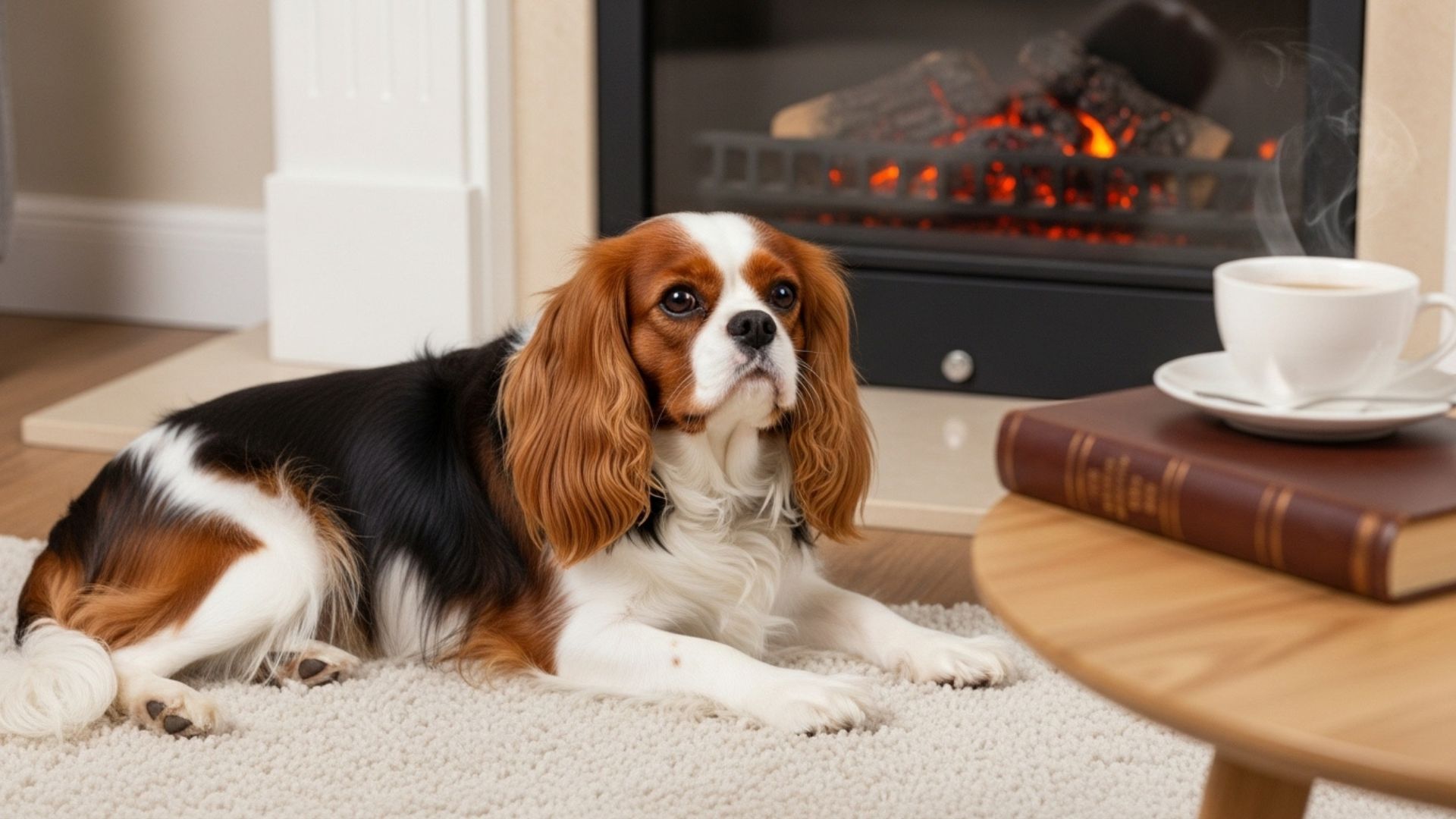If you’ve ever wondered why some dogs seem to live at the groomer’s salon, you’re not alone. Certain pups come with beauty, brilliance, and… a whole lot of upkeep. Understanding what that really means can save you time, money, and stress.
Before bringing home a high-maintenance companion, it helps to know what daily life might look like. From grooming schedules to exercise demands, these routines can be surprisingly intense. But for many owners, the payoff is worth every minute.
In this guide, we explore what makes some long and curly-haired dogs more demanding than others. You’ll learn how factors like coat type, temperament, and energy levels shape their care needs. The goal is to help you prepare, not to scare you away.
High-maintenance doesn’t mean difficult—it means deliberate. These beautiful and majestic dogs thrive when their routines are consistent and supportive. A little extra attention often leads to a lot of extra love.
Let’s dive into the world of dogs that require more time and care. Whether you’re researching or ready to adopt, this introduction sets the stage for informed decisions. Your next loyal companion may be one haircut or training session away.
Dog Breeds with Lengthy Maintenance Routines
1. Afghan Hound
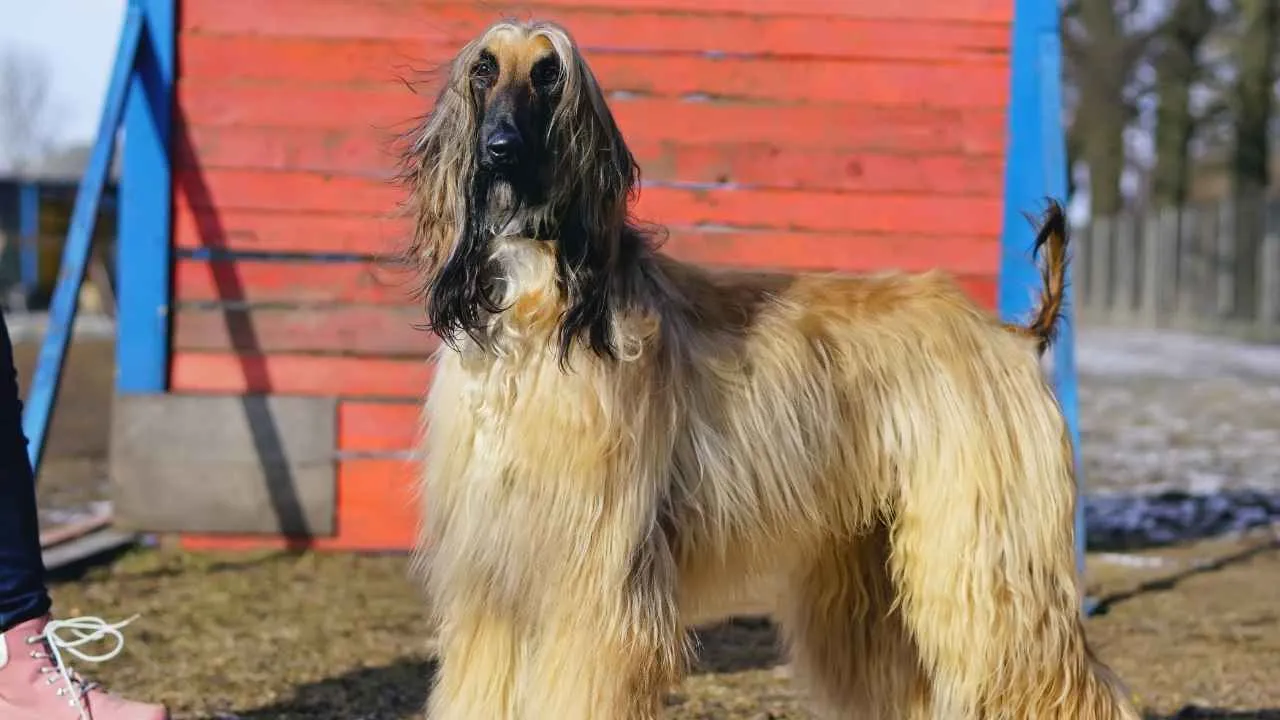
The Afghan Hound immediately stands out for its dramatic, flowing coat and elegant outline, but that beauty comes with a serious grooming schedule. Their fine, silky hair mats faster than many new owners expect, making thorough brushing a necessity several times a week.
Show-style coats require additional conditioning, drying routines, and equipment to keep their signature shine.

AKC claims that life with an Afghan Hound is a mix of calm indoor behavior and unexpected athletic bursts. They often carry themselves like royalty at home, then suddenly show off their natural speed in the yard.
This balance makes them wonderful companions for people who enjoy both relaxation and activity.
Hidden Care Requirements People Don’t Expect
Seasonal coat changes that greatly increase grooming time
Sensitivity to humid climates, causing tangles and frizz
A strong chase instinct that requires fenced play areas
Skin that benefits from high-quality shampoos and gentle bathing
Cost & Time Breakdown
Professional grooming every 4–6 weeks
Premium coat products add to monthly expenses
Daily brushing during growth phases
Time investment increases during rainy seasons
The ideal owner enjoys routine, has patience, and loves hands-on grooming sessions. Afghans bond deeply with calm, confident handlers who appreciate their quiet dignity and independent streak.
Seasoned owners recommend investing in a powerful, quiet dryer to manage long hair efficiently. Many also swear by using a detangling spray before every brush session to prevent breakage.
Early socialization helps balance the breed’s reserved nature, making maintenance and handling much easier long-term.
2. Poodle

A Poodle’s coat is uniquely textured, endlessly customizable, and central to their reputation as a high-maintenance yet highly rewarding companion. Their curly hair doesn’t shed much, but it grows continuously, meaning frequent trims and regular brushing are essential.
Owners who enjoy creative grooming often find this breed especially appealing.
Daily life with a Poodle is energetic, clever, and full of personality. They thrive when their minds stay busy, showing impressive learning ability and a natural desire to participate in family routines. Their mix of athleticism and curiosity means their care isn’t just physical—it’s also intellectual.
Hidden Care Requirements People Don’t Expect
Tight curls can trap debris after walks
The ear canals need routine checks due to hair growth inside
Skin health depends heavily on consistent coat maintenance
High energy creates its own type of upkeep
Cost & Time Breakdown
Professional grooming every 3–4 weeks
Training classes are recommended for a mental outlet
Monthly costs increase with specialty shampoos and trims
Frequent brushing sessions to prevent tight matting
Ideal owners enjoy structure, enrichment games, and regular grooming appointments. Poodles respond best to people who appreciate both intelligence and routine, making them excellent partners for active households.
Purina reveals that experienced owners highlight the importance of introducing grooming tools early. A high-quality slicker brush and a gentle line-brushing technique make maintenance easier as the coat thickens.
Many also recommend rotating puzzle toys to keep the dog’s mind sharp and reduce restlessness.
3. Old English Sheepdog

The Old English Sheepdog carries an instantly recognizable shaggy coat that adds to its charm—and to its grooming workload. PetMD explains that their dense, double-layered hair traps moisture, burrs, and tangles, requiring careful section-by-section brushing to keep it manageable.
The coat’s insulating qualities also mean overheating is a concern during more active months.
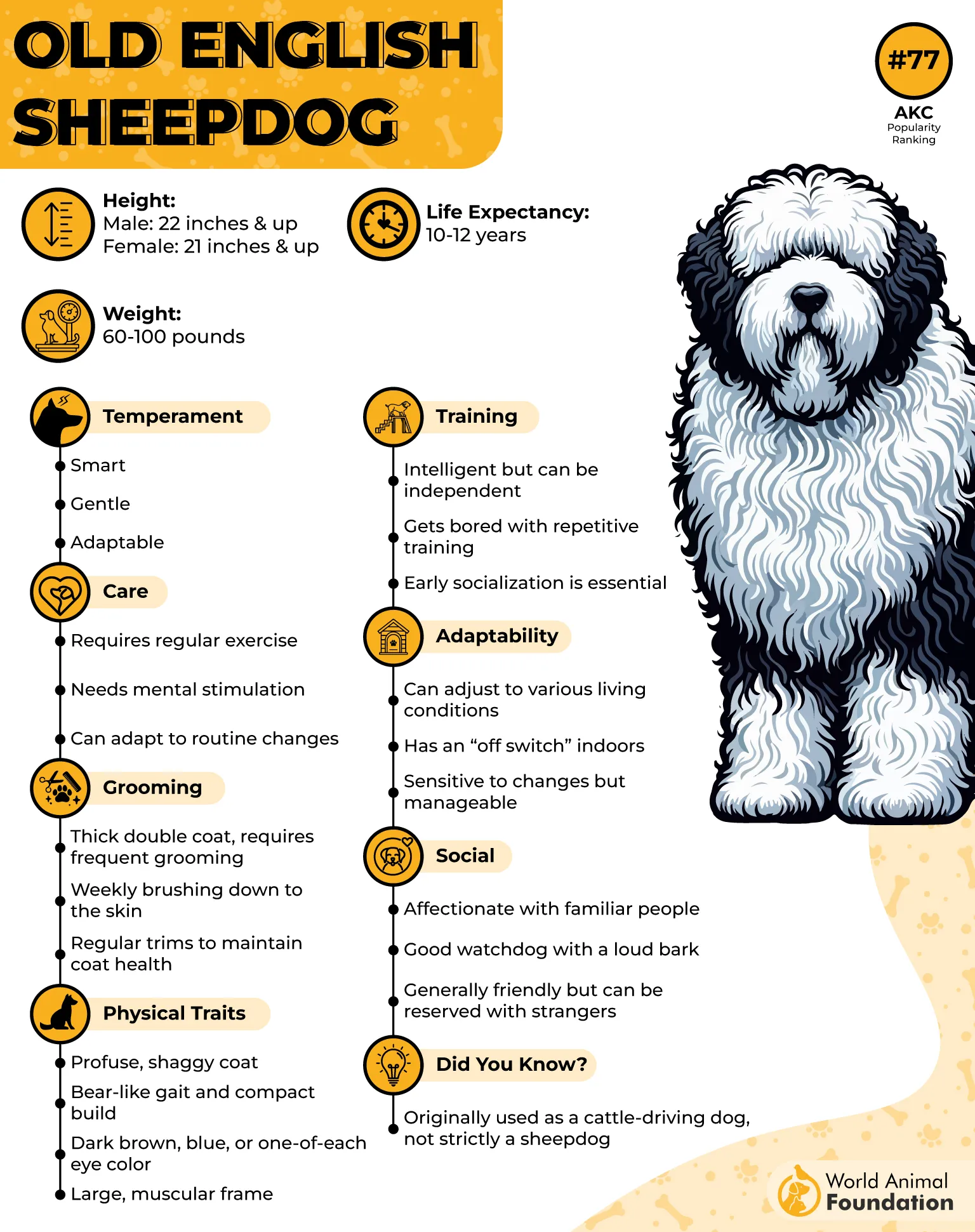
Daily living with this breed feels like sharing space with a cheerful, lumbering comedian. They love human company, often nudging for affection or following family members from room to room. Their gentle temperament makes them wonderful companions for people who enjoy constant interaction.
Hidden Care Requirements People Don’t Expect
Undercoat matting that begins close to the skin
A strong odor if the coat stays damp too long
Vision checks since hair often falls forward
Seasonal shedding spikes that increase grooming frequency
Cost & Time Breakdown
Grooming sessions can take several hours
Professional grooming every 4–8 weeks
Extra towels and dryers are needed for bathing
Higher monthly expenses for coats and skin products
The best owners for this breed enjoy an active lifestyle and don’t mind frequent brushing. Sheepdogs connect strongly with families who maintain structure yet appreciate their goofy, affectionate nature.
Experienced handlers suggest breaking grooming into short sessions instead of trying to finish the entire coat at once. Another common tip is teaching the dog to relax on a grooming table early in life, which makes long-term maintenance much easier.
A deep-penetrating comb is considered a must-have tool among veteran owners.
4. Chow Chow
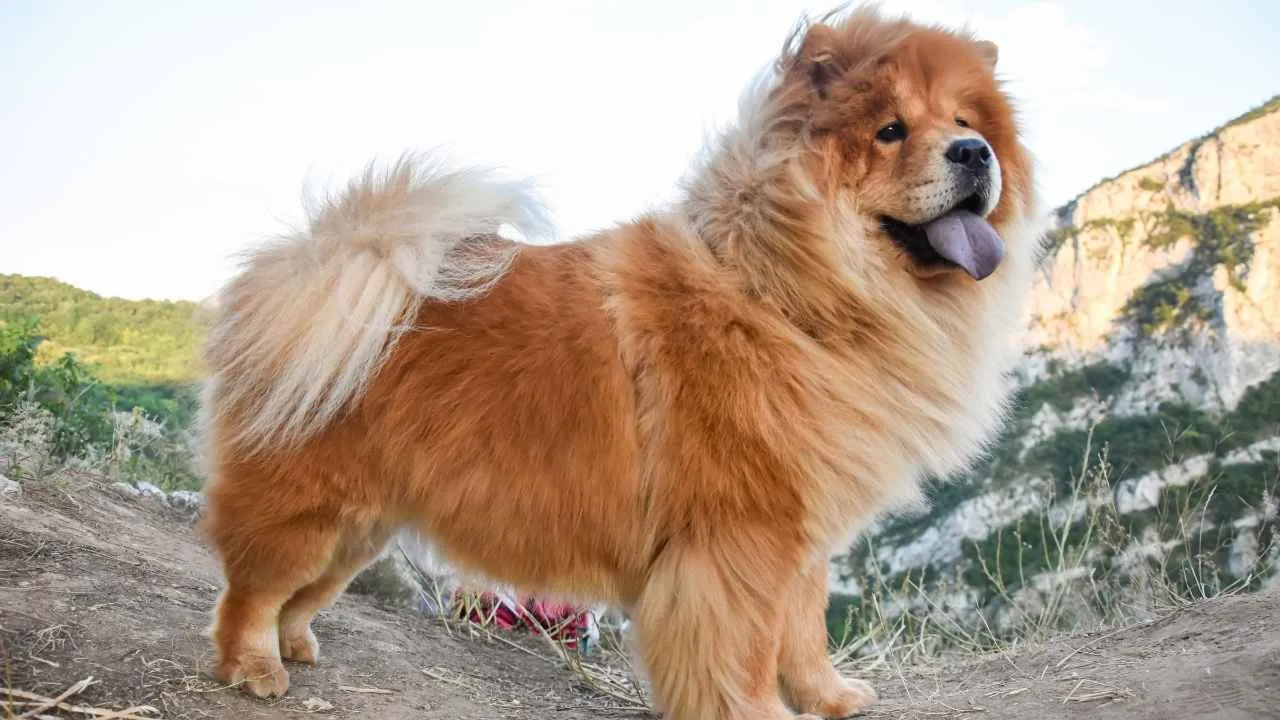
The Chow Chow is instantly recognizable with its lion-like mane and dense double coat, a feature that demands significant upkeep. Their fur holds on to loose hair, dirt, and seasonal undercoat, making consistent brushing a non-negotiable part of their routine.
Many owners underestimate how quickly mats form around the neck, ruff, and hindquarters.

Living with a Chow Chow often means appreciating their calm, independent nature. They enjoy quiet households, observe their surroundings with a certain seriousness, and choose their moments carefully.
Their dignified personality adds a unique charm that pairs beautifully with their striking appearance.
Hidden Care Requirements People Don’t Expect
Heat sensitivity that limits exercise in warm seasons
Extra grooming time during seasonal coat “blows”
Facial folds that need gentle wiping
A thicker tail plume that tangles easily
Cost & Time Breakdown
Professional grooming every 4–6 weeks
More expenses during shedding seasons
Daily brushing during coat changes
High-quality tools are needed for dense fur
Ideal owners appreciate dogs with an independent streak and commit to structured grooming routines. The breed thrives in homes that value calm leadership and thoughtful handling.
Veteran Chow owners often recommend using a forced-air dryer after baths to fully dry the dense coat. Many also suggest targeting small coat sections at a time instead of tackling the entire dog in one session.
Regular coat checks behind the ears and at the elbows prevent minor mats from turning into full tangles.
5. Newfoundland

The Newfoundland’s massive size and water-resistant double coat give them a majestic presence but also contribute to a substantial grooming load. Their thick fur traps moisture, leading to potential skin issues if not dried properly.
Weekly sessions with a long-toothed comb help manage shedding and maintain healthy airflow through the coat.
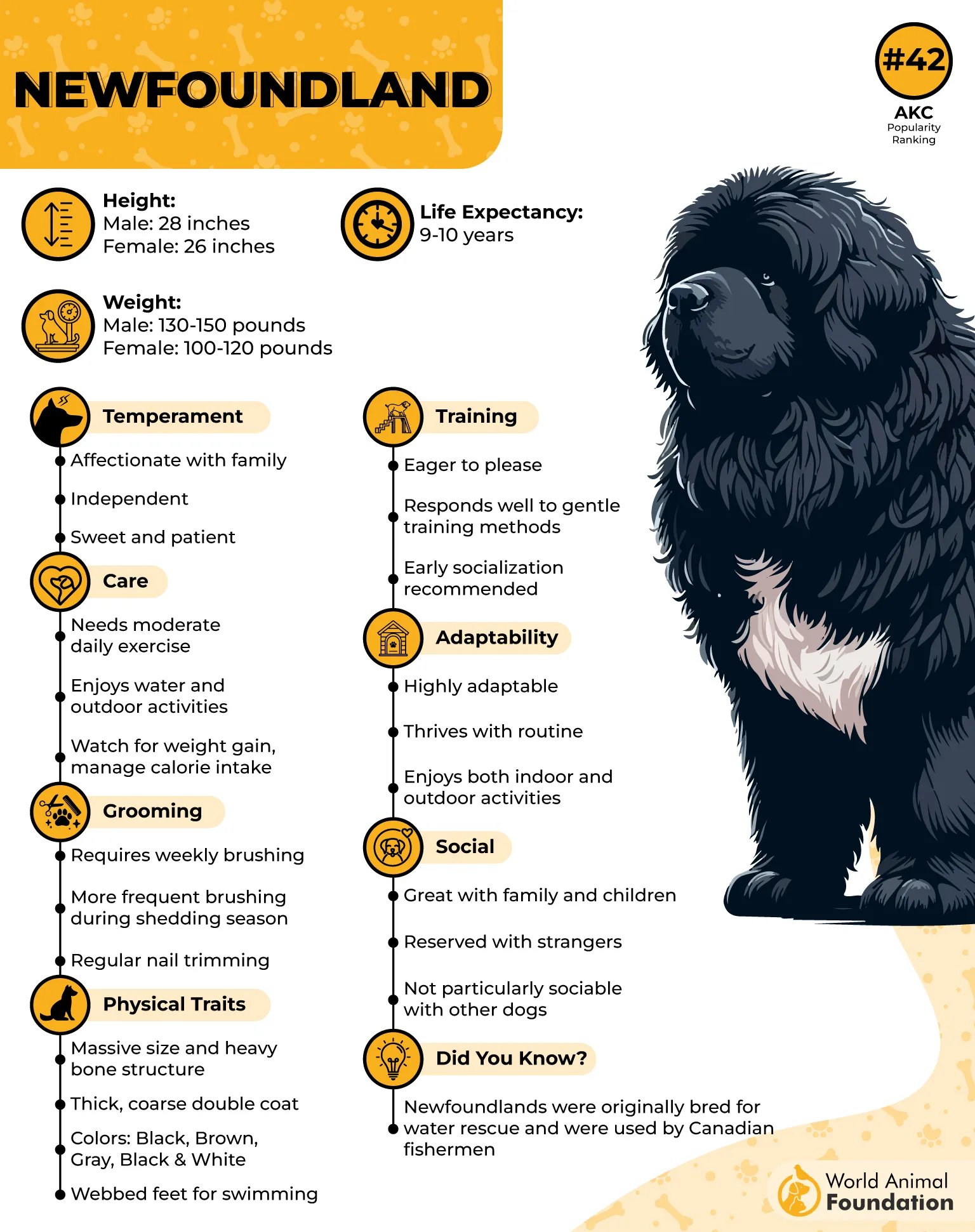
Daily life with a Newfoundland revolves around gentle companionship. They are famously patient and enjoy staying close to their families. Although calm indoors, they still benefit from steady walks and swimming sessions that complement their innate love of water.
Hidden Care Requirements People Don’t Expect
Extra drying time after every bath or swim
Slobber that collects in facial hair
Seasonal shedding that becomes significant in high humidity
Weight management to support joint health
Cost & Time Breakdown
Higher grooming fees due to size
Large-breed diet adds to monthly costs
Professional grooming every 6–8 weeks
Frequent brushing to prevent deep mats
Ideal owners appreciate a slow-paced, affectionate companion and have space for a giant breed. They thrive with families who enjoy outdoor activities and appreciate the breed’s steady temperament.
Seasoned Newfoundland owners recommend using absorbent towels to speed up post-swim drying. Many also encourage investing in elevated water bowls to help reduce excessive dripping. A routine of foot checks is helpful because their large paws gather mud and debris easily.
6. Belgian Malinois
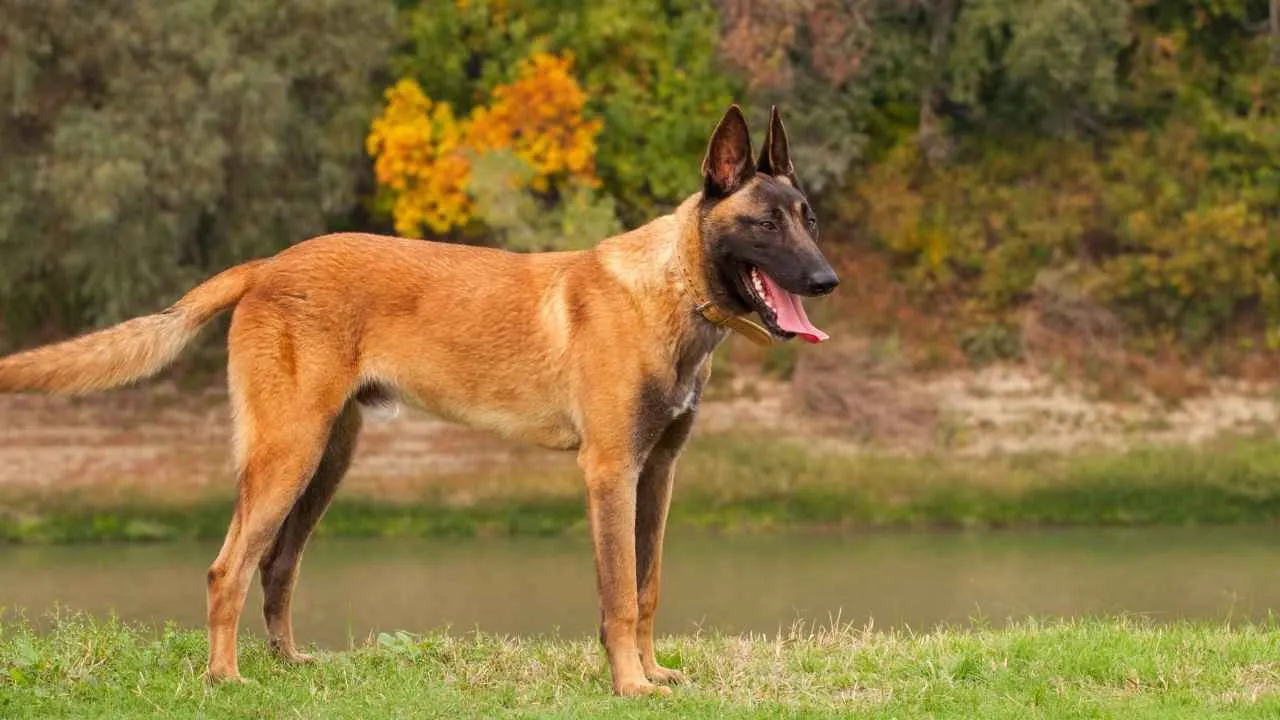
The Belgian Malinois carries a short coat, but maintaining this breed extends far beyond brushing. Their high drive, intense intelligence, and constant desire for activity create a maintenance routine centered on engagement, exercise, and training.
Their shedding cycles also surprise many owners who assume short coats require minimal care.

Life with a Malinois is active, sharp, and filled with purpose. They excel in environments that provide structure, movement, and mental stimulation. Without tasks, they quickly invent their own, making consistent communication and training essential.
Hidden Care Requirements People Don’t Expect
High shedding during seasonal changes
Daily mental enrichment needs
Tough nails that require frequent trimming
A strong work ethic that demands direction
Cost & Time Breakdown
Training classes or sports memberships are recommended
Frequent toy replacements due to intense chewing
Brushing several times a week during shedding spikes
Higher time commitment for structured activity
The ideal owner for a Malinois enjoys fast-paced routines and interactive training. This breed thrives with handlers who appreciate athleticism, precision, and constant learning.
Experienced owners often suggest integrating scent work or agility games into daily sessions. Many recommend offering durable puzzle toys to keep the dog occupied during downtime. Regular coat checks help manage the heavier-than-expected shedding that accompanies seasonal shifts.
7. Akita
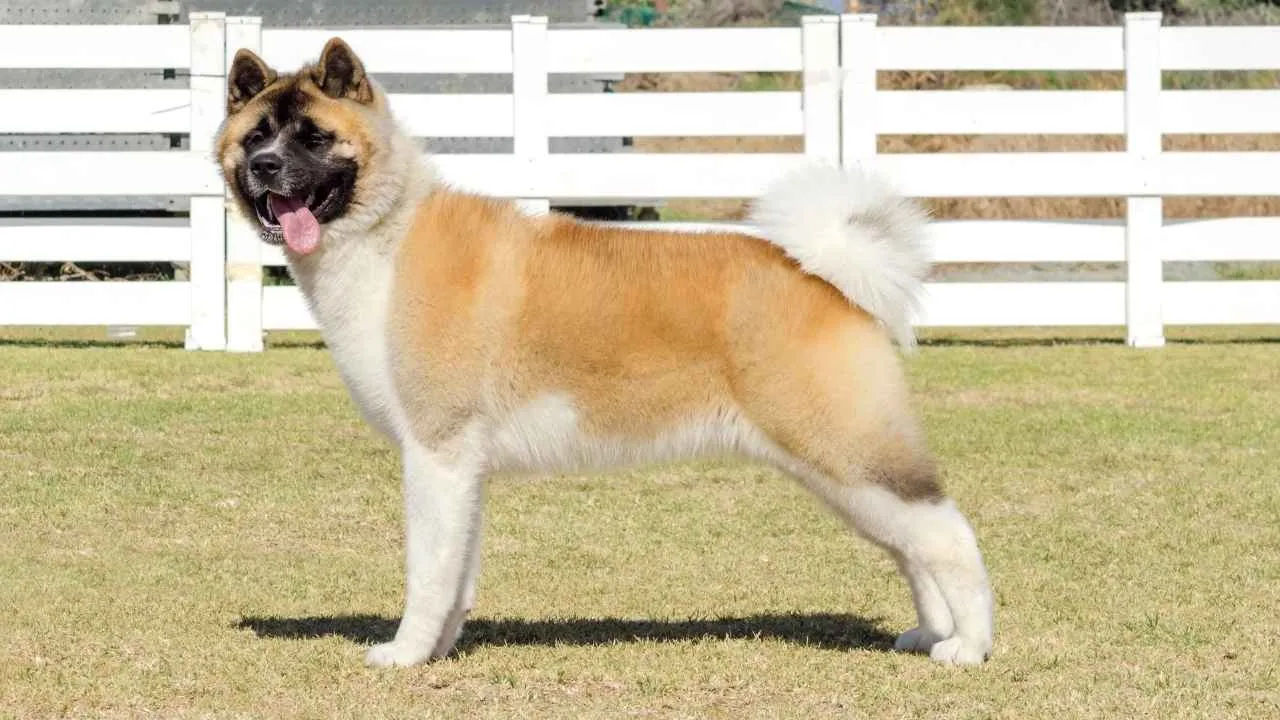
The Akita’s plush double coat is one of its defining features, providing insulation and a regal appearance while requiring committed upkeep. Their fur sheds moderately year-round and heavily during coat-blow seasons, filling grooming tools faster than many new owners anticipate.
A sturdy brush is essential for reaching the dense undercoat.
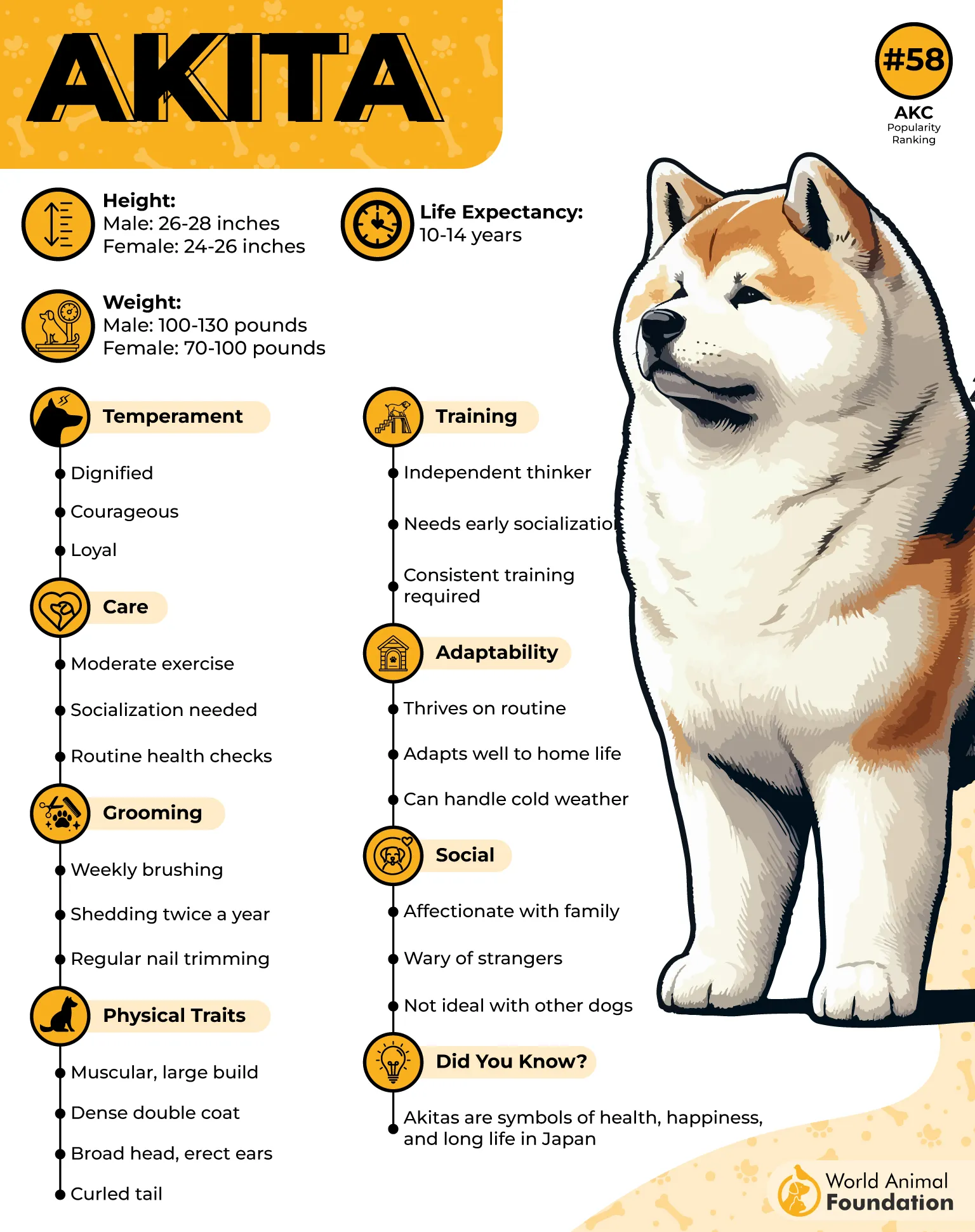
Living with an Akita means sharing space with a confident, observant companion. They tend to be quiet indoors and form strong bonds with their families. Their dignified presence gives them a unique charm that blends loyalty with independence.
Hidden Care Requirements People Don’t Expect
Significant coat-blow periods twice a year
Extra attention is needed around the neck and tail areas
Routine nail care to support heavy frames
A thick undercoat that traps loose fur
Cost & Time Breakdown
Professional grooming every 6–8 weeks
Seasonal increases in grooming frequency
Moderate monthly grooming costs due to coat volume
Brushing several times a week
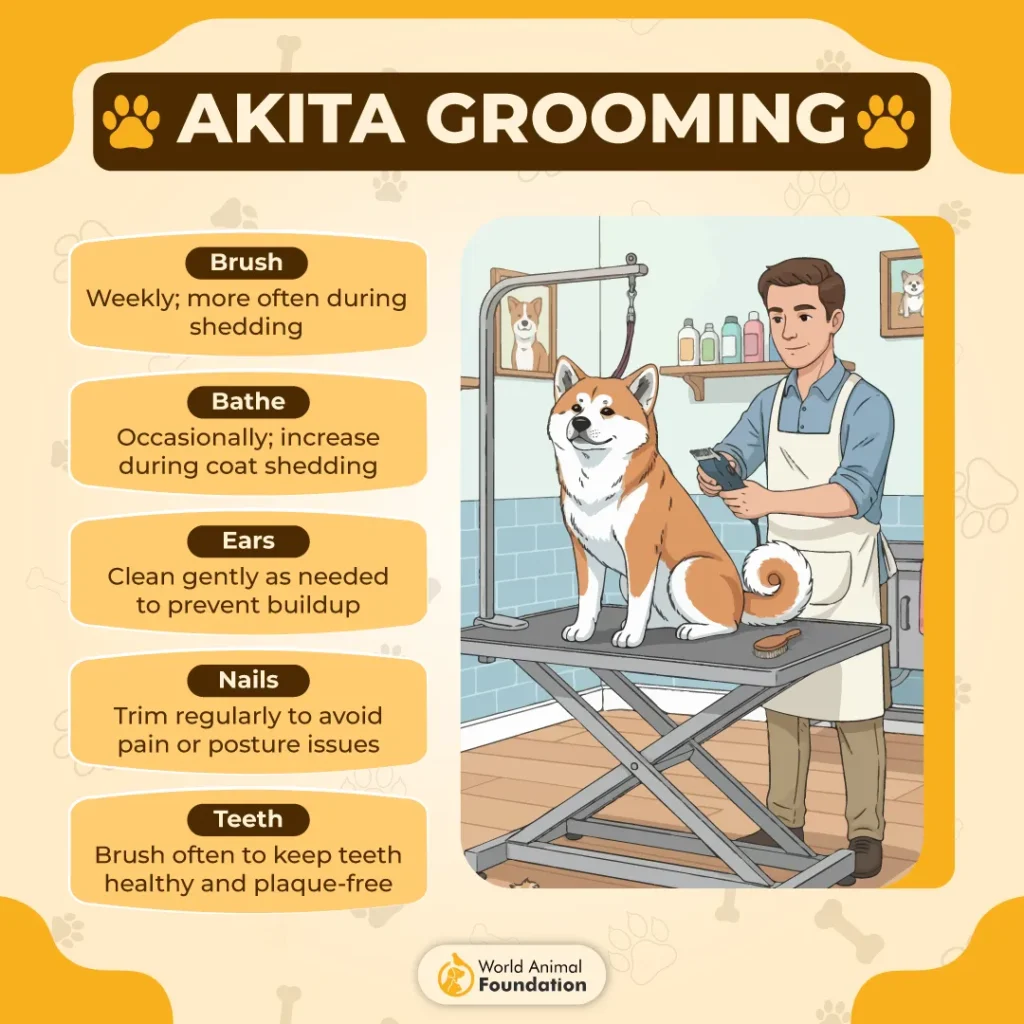
WebMD notes that ideal owners appreciate a calm yet powerful breed and maintain confidence during daily interactions. Akitas excel in homes that blend gentle structure with respectful boundaries.
Seasoned Akita owners recommend brushing outdoors during shedding seasons to manage loose fur easily. Many also suggest maintaining a consistent schedule of training sessions to support the breed’s mental stability. A rake-style tool is frequently praised for its effectiveness on the dense undercoat.
8. German Shepherd
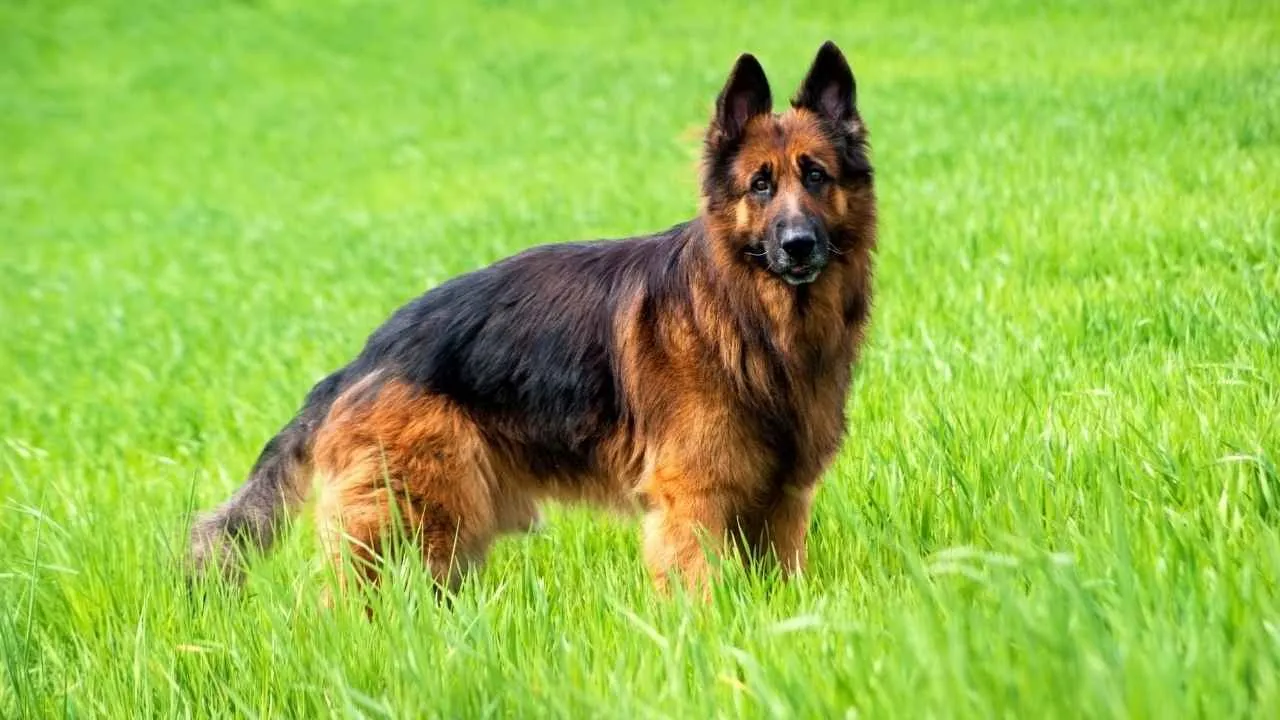
The German Shepherd carries a double coat that sheds steadily throughout the year, creating ongoing grooming responsibilities. Their active lifestyle adds another layer of care since dirt and loose undercoat accumulate quickly during outdoor activities.
Regular brushing helps maintain skin health and reduces the steady spread of hair around the home.
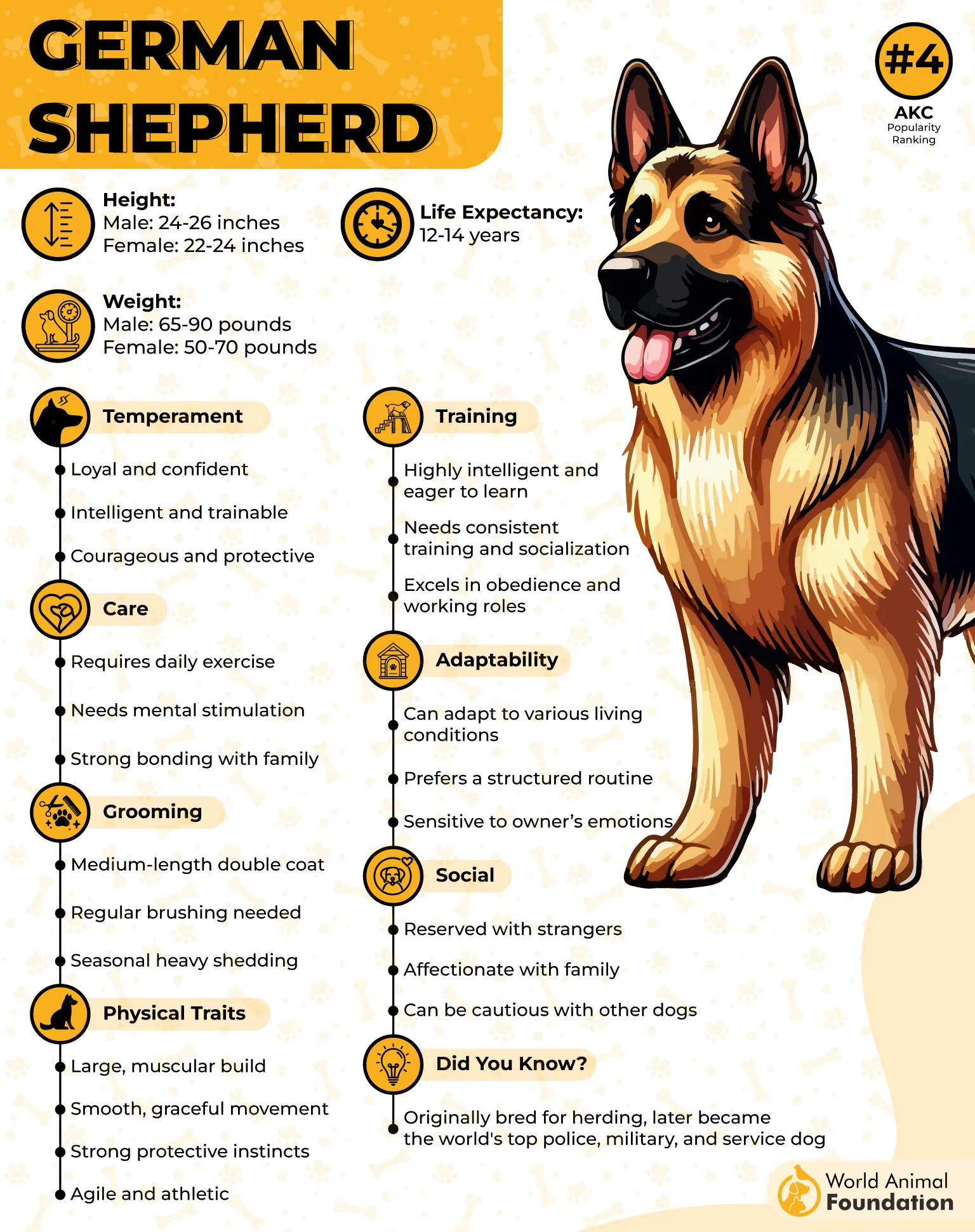
Living with a German Shepherd is rewarding for people who enjoy interactive companionship. They love participating in daily tasks and excel when given challenges that stimulate body and mind. Their loyalty makes them attentive, alert partners in most family routines.
Hidden Care Requirements People Don’t Expect
Seasonal shedding that dramatically increases the workload
Regular ear checks after outdoor play
A tail that collects debris easily
Exercise needs that influence their grooming routine
Cost & Time Breakdown
Grooming tools need periodic replacement
Training classes are beneficial for mental engagement
Brushing several times a week
Modest grooming fees during heavy shedding
Ideal owners enjoy staying active and appreciate training-based communication. The breed forms strong bonds with people who offer clear guidance and consistent enrichment.
Long-time owners recommend using a de-shedding tool during coat-blow months for better efficiency. Many also find that incorporating brushing into wind-down periods helps maintain the routine smoothly. A schedule of varied activities keeps the breed’s mind balanced and reduces restlessness.
9. Border Collie
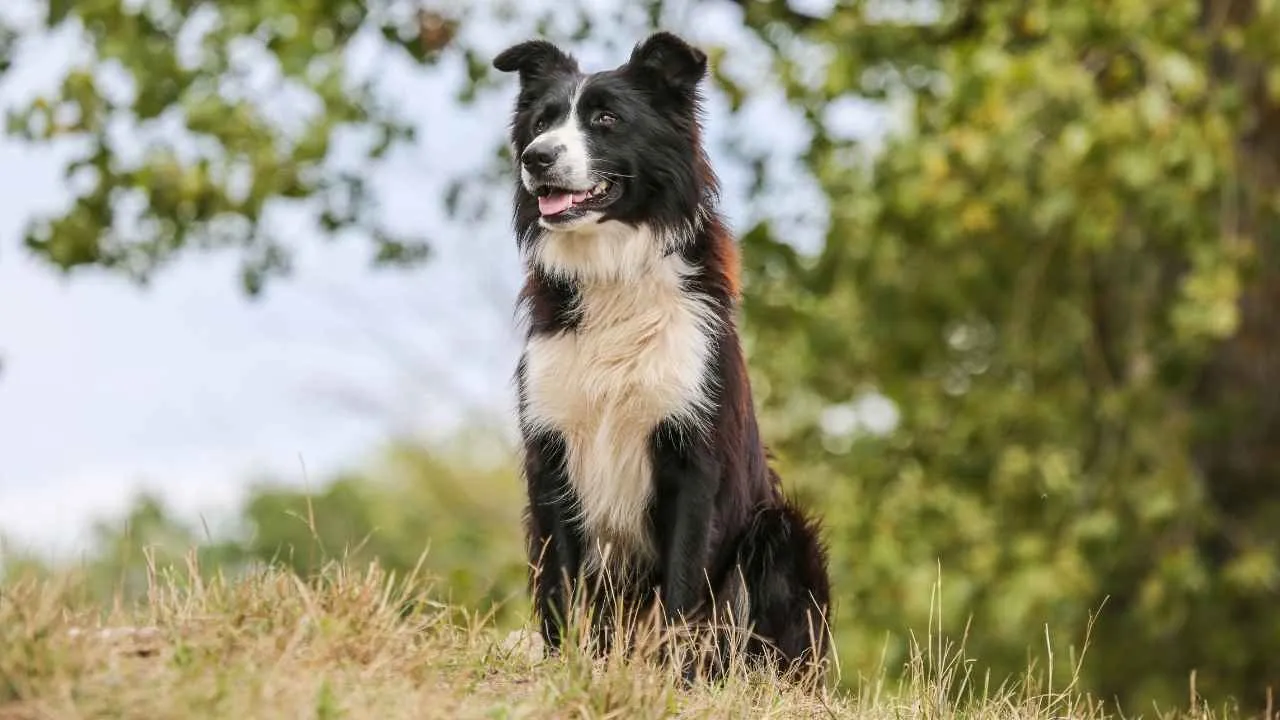
The Border Collie’s coat varies from smooth to moderately rough, and both types require steady grooming due to constant activity. Their outdoor lifestyle means burrs, dust, and loose fur accumulate quickly, especially around the legs and tail. A weekly brushing routine keeps the coat clean and manageable.
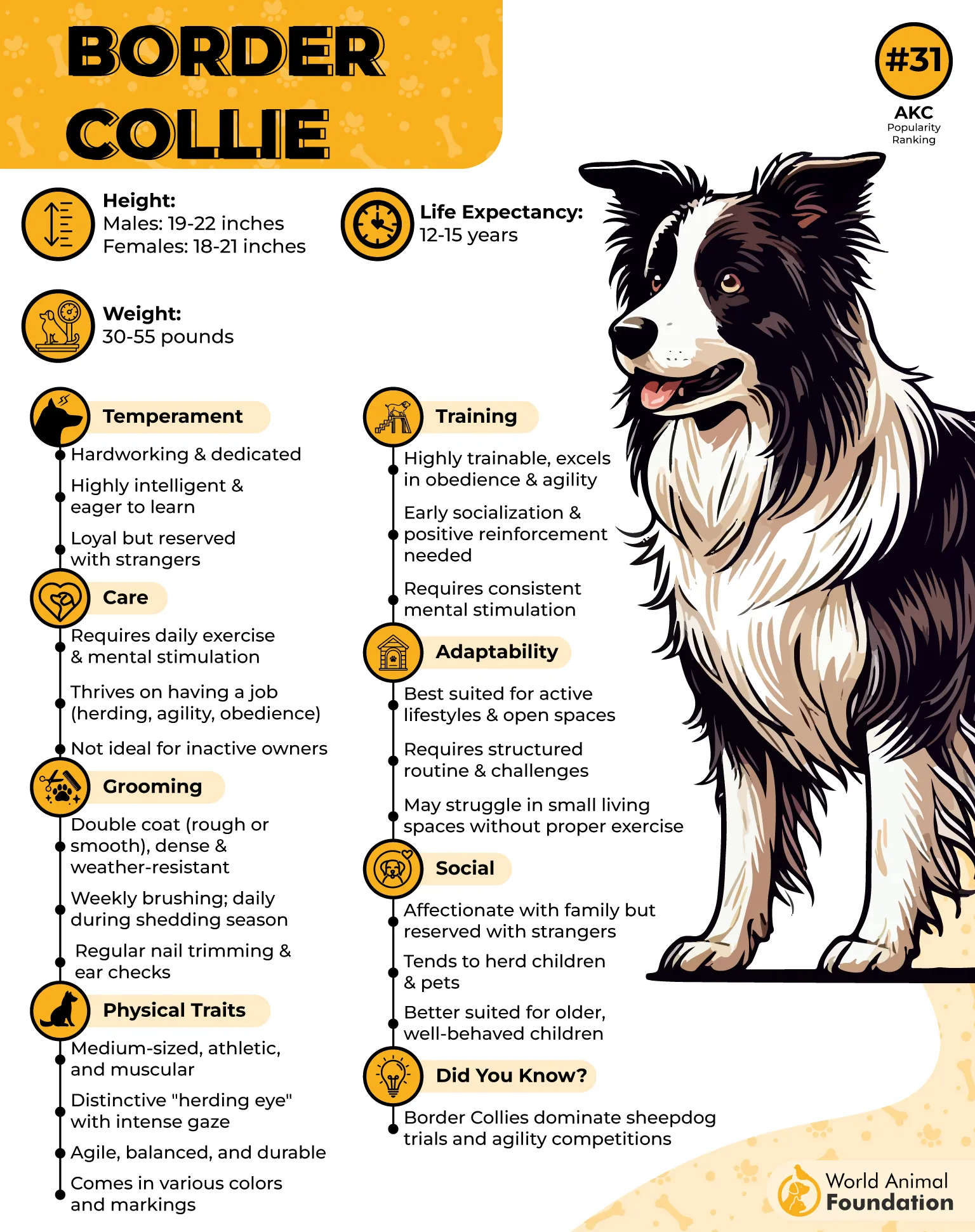
Daily life with a Border Collie is fast-paced and full of energy. They thrive in environments where they can run, solve problems, and participate in structured challenges. Their intelligence is legendary, making them one of the most mentally active breeds.
Hidden Care Requirements People Don’t Expect
Seasonal shedding that increases grooming frequency
Thick tail feathers that knot easily
Frequent baths after muddy play
Constant mental needs that add to overall maintenance
Cost & Time Breakdown
Training gear and activity tools add to monthly costs
Regular brush replacements due to heavy use
Professional grooming occasionally for coat shaping
Brushing sessions are needed several times a week
Ideal owners appreciate a dog that craves involvement in daily life. This breed pairs well with individuals who enjoy hiking, training sports, or active farm routines.
Experienced Border Collie owners recommend integrating short training sessions throughout the day instead of long single workouts. Many also suggest carrying a small comb during hikes to remove burrs immediately. A consistent grooming schedule helps maintain coat health during intensive activity seasons.
10. Siberian Husky
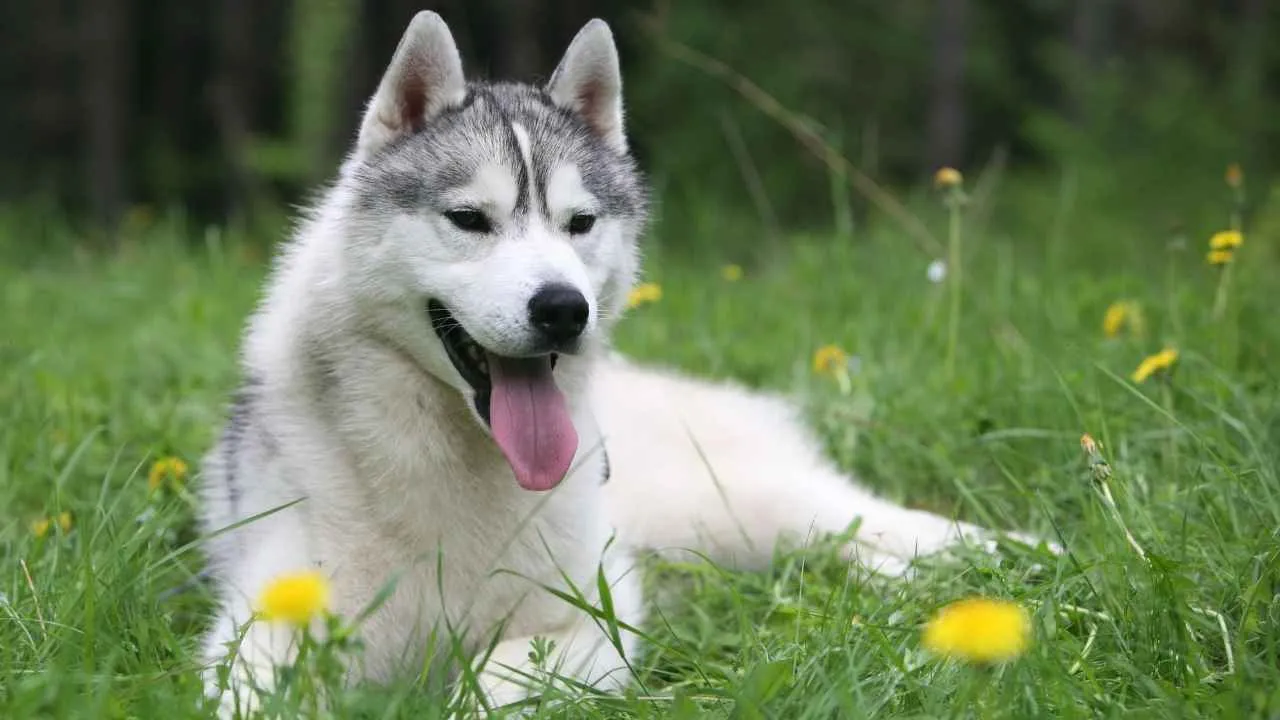
The Siberian Husky sports a thick, weather-resistant double coat designed for extreme climates, and this feature drives much of their grooming routine. Their undercoat “blows” heavily twice a year, filling brushes with astonishing amounts of fur. During these periods, grooming becomes a near-daily task.
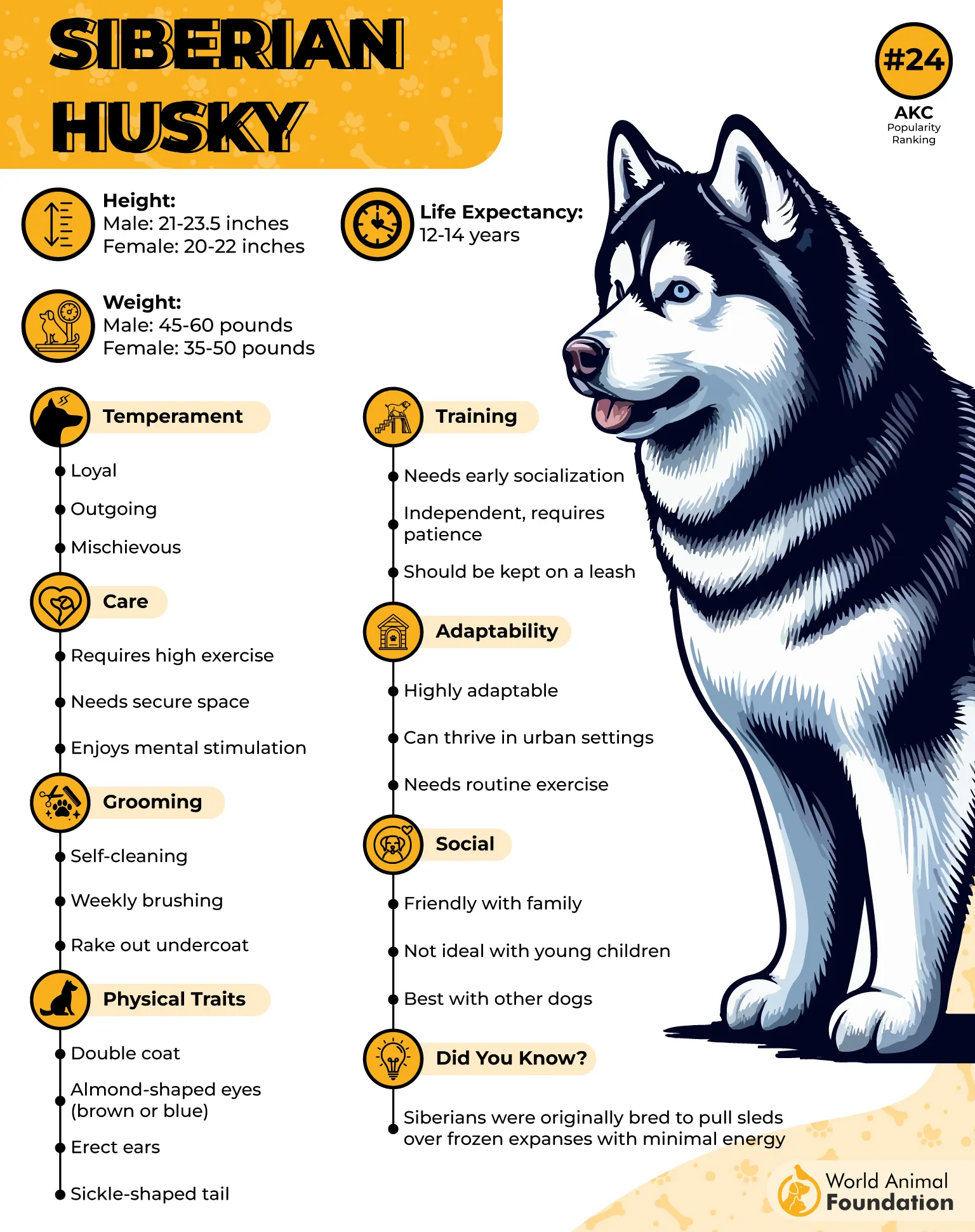
Life with a Husky is lively, vocal, and full of movement. They enjoy routine exercise and excel with owners who appreciate endurance-based activities. Their expressive nature adds personality to every interaction.
Hidden Care Requirements People Don’t Expect
Massive shedding cycles that require intense brushing
A coat that traps dust and snow particles
Strong digging tendencies that make baths frequent
Independent thinking that influences training time
Cost & Time Breakdown
Grooming tools are often replaced due to heavy use
Seasonal spikes in grooming time
Occasional professional deshedding sessions
Daily brushing during coat-blow periods
Ideal owners enjoy regular outdoor adventures and understand the breed’s independent temperament. Huskies appreciate routine and do best with families who enjoy staying active.
Experienced Husky owners recommend grooming outside during shedding periods to manage the sheer volume of fur. Many also swear by using an undercoat rake to reach deep layers efficiently.
Incorporating long-distance exercise into weekly routines helps keep the coat healthier by maintaining overall physical balance.
FAQs
How often should high-maintenance breeds be brushed or bathed?
Most high-maintenance dogs benefit from brushing several times a week, and some long-haired breeds need daily brushing to prevent matting. Bathing usually ranges from every 3–6 weeks, depending on coat type, activity level, and shedding cycles.
Are there health concerns linked to neglecting maintenance in high-maintenance breeds?
Yes. Poor grooming can lead to skin irritation, infections, painful tangles, and trapped debris. In breeds with thick double coats or curly coats, neglect can also affect temperature regulation and overall comfort.
What are the signs that my dog’s maintenance routine isn’t enough?
Common signs include excessive shedding, visible knots, odor, flaky skin, or your dog scratching more than usual. Behavioral changes—like restlessness or avoiding touch—can also indicate discomfort from an inadequate care routine.
Conclusion
High-maintenance dogs need thoughtful care, from frequent grooming to routines that support their overall well-being. Long-haired breeds, curly coats, and thick double coat dogs all require frequent brushing to prevent matting and keep the dog’s coat healthy.
Other breeds require attention too, including the Shih Tzu, Cocker Spaniel, Cavalier King Charles Spaniel, Bichon Frise, and Australian Shepherd. These highly intelligent, active dogs thrive with regular exercise, positive reinforcement, and steady human interaction.
If you’re exploring high-maintenance dog breeds, consider their training needs, balanced diet, and daily routines. Want help choosing the right fit? Explore more of our guides.


